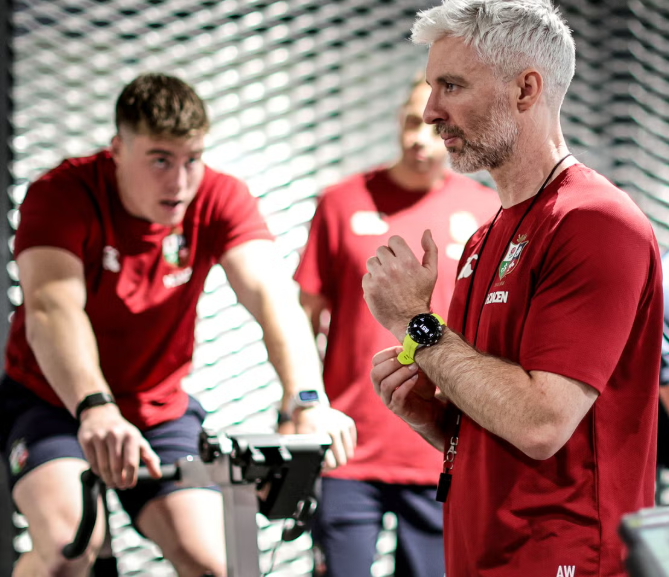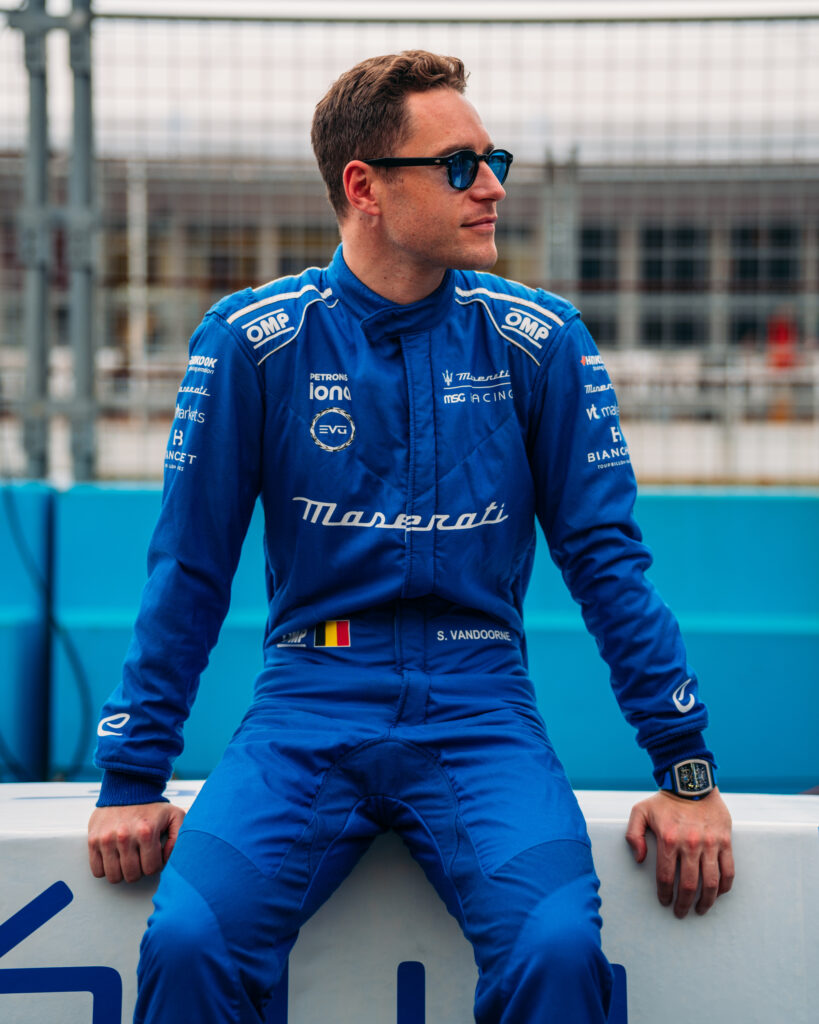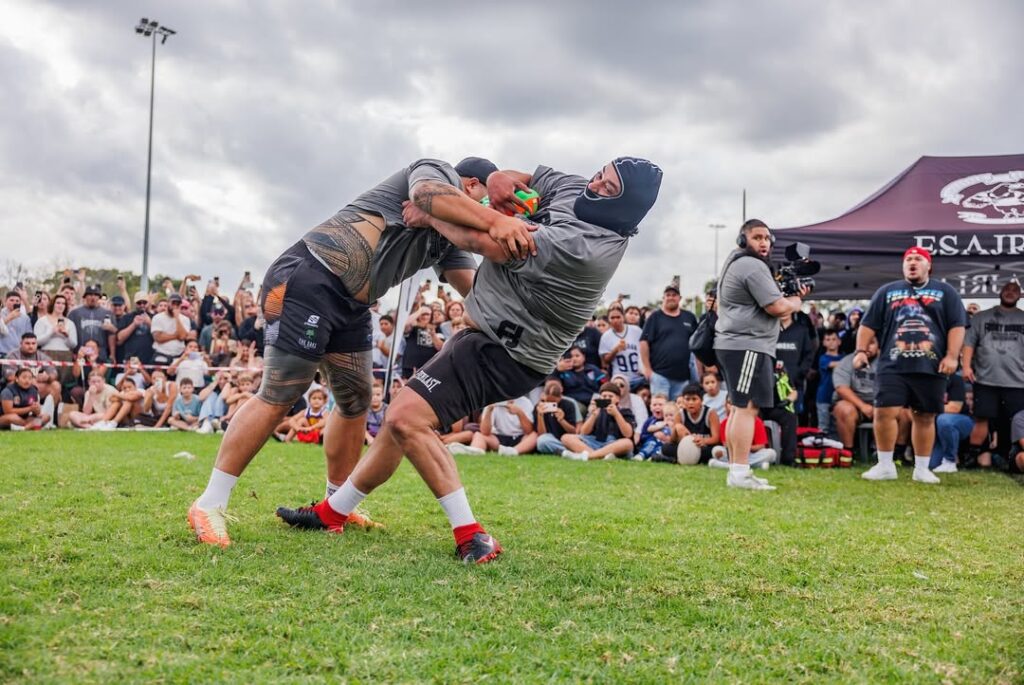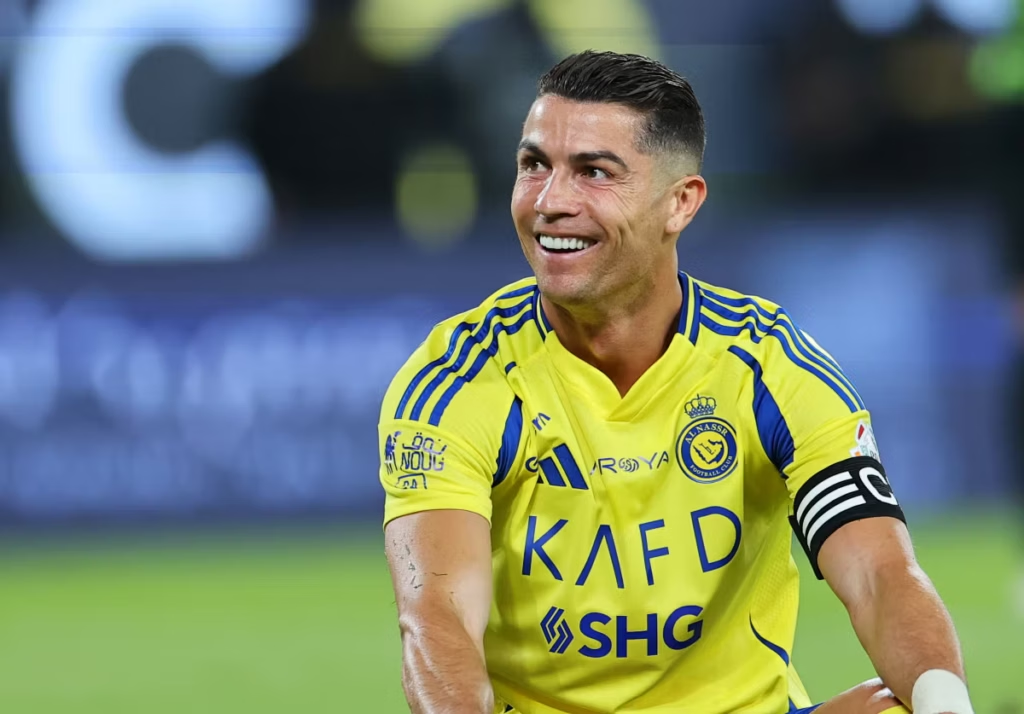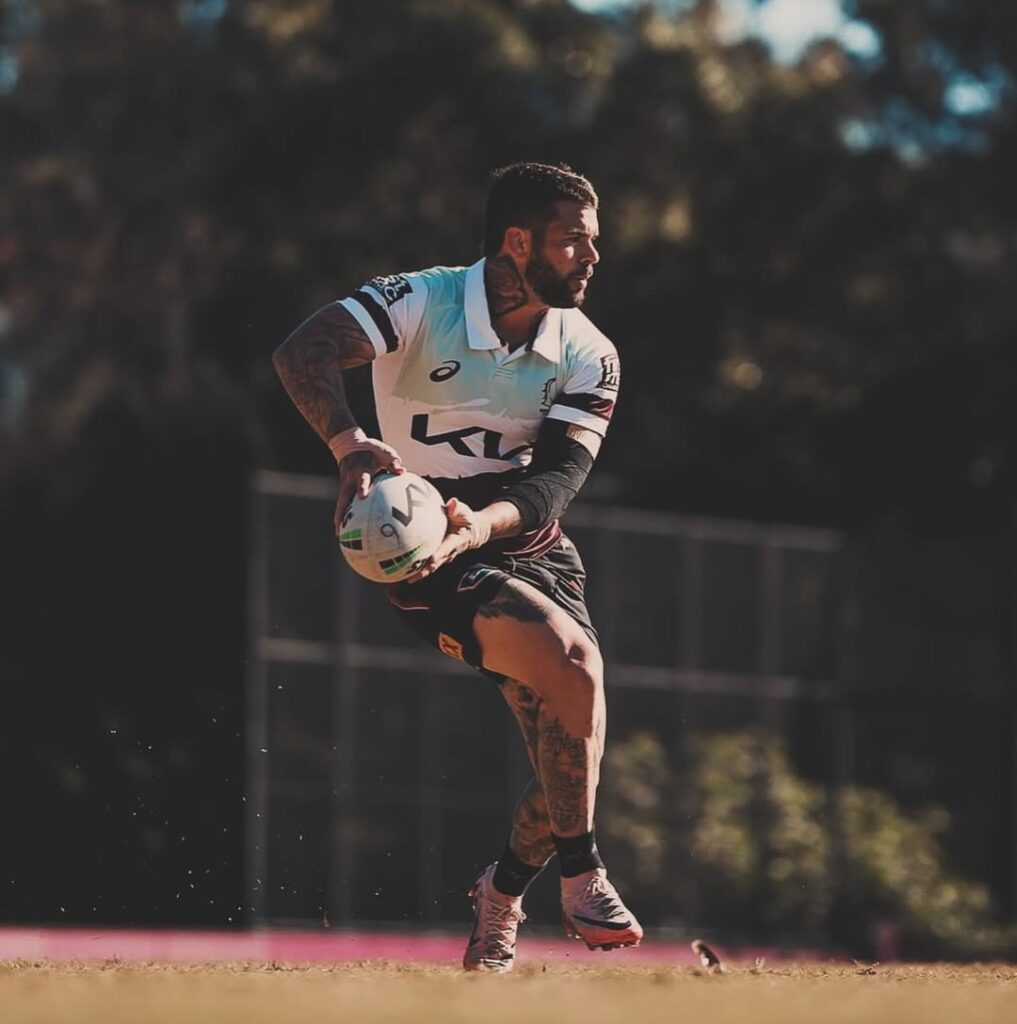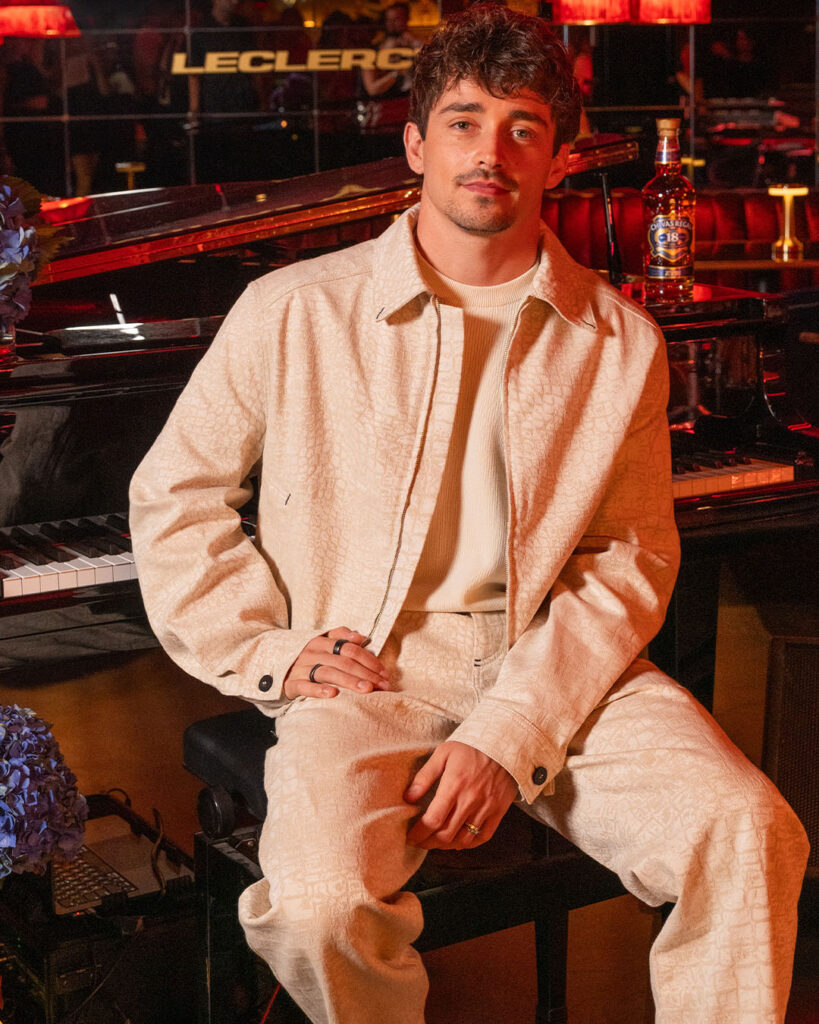If there was ever a person who exemplified the indomitable human spirit, it would be Matt Formston. It takes a special kind of surfer to take on the world’s biggest waves at the infamous Nazaré canyon off the coast of Portugal. And it takes an incredible kind of surfer to do it despite being visually impaired. Matt Formston is an incredible surfer. The 44-year-old from Sydney has won a collection of multisport world titles and was even a Paralympian. Above all, he’s never let anything stop him from reaching his goals. The latest of which was to ride the world’s biggest waves at Nazaré.
Surfers have flocked to Nazaré this week for a chance to ride one of the world’s biggest waves. Only the bravest surfers would attempt this feat. The kind of athletes that have spent their entire lives in the ocean, with years of experience riding massive waves, winning a plethora of competitions along the way. In that sense, Matt is just like the other surfers at Nazaré, except the other surfers aren’t blind.
When he was five-years-old, a rare genetic disorder called macular dystrophy caused Matt to lose 95% of his vision. Macular dystrophy causes progressive vision loss, meaning it gets worse with time. Matt has no central vision, with blurry peripheral vision as his only guidance. He recently lost even more of his sight and is now at roughly 3% vision in his right eye and 1% in his left.
Matt has always been an overachiever and a record breaker. His latest goal was to conquer the waves at Nazaré, “I’ve been training my whole life towards this moment, even if I didn’t know it,” he told The Guardian. “I’ve been surfing bigger and bigger waves and now I feel like I’m ready.”
Nazaré is home to the biggest waves planet earth is capable of producing. The swell at Nazaré is so huge, you could easily mistake a big set, for a tsunami. Even the most daring of big wave riders are fearful of the opportunity to take on Nazaré, but not Matt. An earlier than usual winter swell hit Portugal’s coast last week. Resulting in the formation of massive currents in the Nazaré underwater canyon and producing waves almost 30 feet tall. Matt didn’t hesitate to head over and make his mark.
Matt successfully conquered Nazaré earlier this week. He rode what looks to be at least a 20 foot wave at the infamous spot, in a display which makes it hard for the rest of us to make excuses. He shared his feelings on the triumphant moment on Instagram, “Today, one of my lifelong dreams came true!” Matt said.
The waves Matt surfs would strike fear into the heart of the most ardent thrill seekers. But Matt has never shied away from a challenge and despite his visual impairment, he’s never feared the ocean. “I don’t remember there ever being a time when I didn’t go out because it was too big,” he told The Guardian. “I’ve surfed the biggest swells to have hit the east coast of Australia every year for the past five years.”
It’s difficult to imagine how it’s even possible to surf while blind. But Matt says it’s all about feeling and being connected with the ocean, “I surf a wave based on what I’m feeling. I’m completely connected with the ocean, I’m in flow all the time, because I have to be.” He usually surfs with a spotter, who helps him be in the right place at the right time and lets him know when to paddle for a wave. Matt doesn’t think surfing blind is all that different from what many surfers would have already experienced, surfing in the dark. “Most surfers will stay out after dark if it’s pumping,” he says.
Growing up on Sydney’s Northern Beaches, surfing has always been a key part of Matt’s life. His dad taught him to surf at the age of five and when he was ten, he could stand up. “It’s like walking. I’ve been surfing for 30 years,” he said. Throughout his childhood, Matt didn’t let his vision hold him back, “Surfing was all around me. My mates all surfed and wanted to be pro-surfers, but I had a disability so that didn’t seem a possibility.”
While he’s on top of the world now, it hasn’t been an easy journey. Matt told the Sydney Morning Herald he once faced bullying and depression, which led to a lifestyle of drug use and bloody brawls. One particularly rough fight where he came off worse for wear served as a wake-up call for Matt to get his life together. He got back on track, started competing in sports, got married and is now a father of three.
Matt’s inspirational story extends beyond surfing. He’s always been keen on pushing himself to his limits and is not only a three-time Para Surfing world champion, he’s also a Paralympian. Matt won a gold and silver medal at the para-cycling track world championships in 2014 and 2015, which propelled him into the 2016 Paralympics in Rio de Janeiro.
Now that he’s accomplished his latest goal, Matt is eyeing a return to the Paralympics. Surfing made its debut for able-bodied athletes at the Tokyo 2020 Olympics. Now many, including Matt, are pushing for the inclusion of blind surfing at the Paralympics. With Matt dreaming of competing in his home country at the 2032 Games in Brisbane. “By the time Brisbane comes around my kids will be 18. I could potentially have my son as my spotter, which would be a pretty special moment.” Matt said.
If you’re keen on learning more about Matt’s inspirational journey, he’s going to be the focus of a documentary titled ‘The Blind Sea’, which will delve deeper into Matt’s determination and drive to fulfil his dreams. The documentary is set for release early next year.








